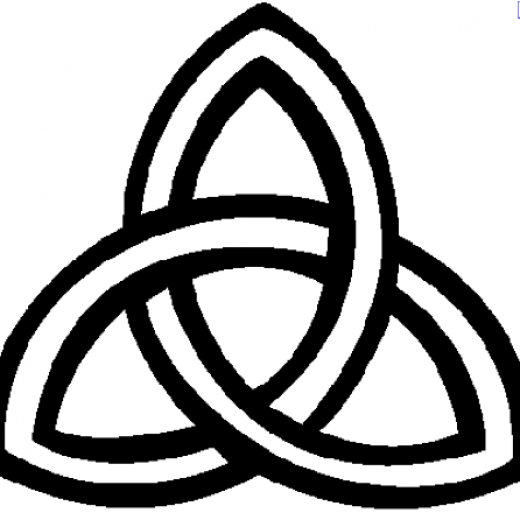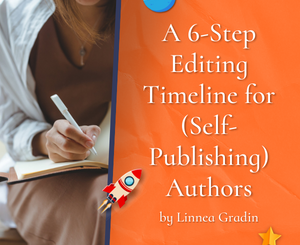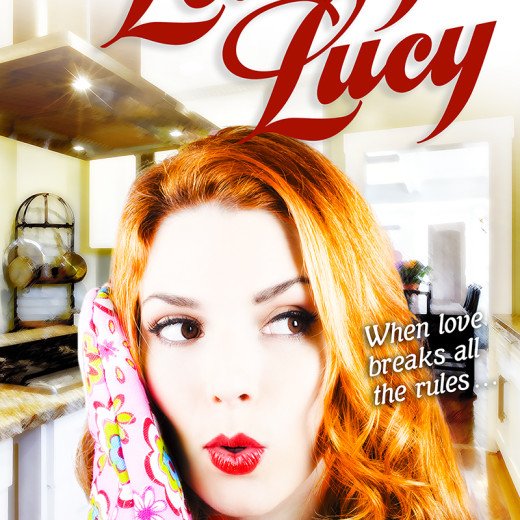Finding a Plot Structure by Kay Keppler
 Join me in giving a warm welcome back to our monthly columnist, author Kay Keppler, as she shares “Finding a Plot Structure.” Enjoy!
Join me in giving a warm welcome back to our monthly columnist, author Kay Keppler, as she shares “Finding a Plot Structure.” Enjoy!
***
Plotting is hard for many people. Sage advice says to start with characters, and when you know those people well enough, their behavior alone will launch the conflict. But you have to get to know them, and to do that, you need to start somewhere. What kind of story do you want to write? What sort of plot structure should you choose? If you have trouble answering those questions, maybe these plot suggestions will give you some ideas.
Start with high school English
In high school English class, Mrs. Miehlmanns, my teacher, taught me that all of literature has only three plot types: wo/man against wo/man, wo/man against self, and wo/man against nature. According to a teaching collection from the Internet Public Library (or IPL2), Mrs. Miehlmanns was wrong about those three plots. Or at least, underreporting.
According to this IPL compilation, there can be as few as one or three basic plot structures, but also as many as seven, 20, or 36. I’m thinking, this could really help my brainstorming, not to mention, my output. Bring on those 36 basic plot types!
First there was 1
But let’s start at the beginning. The single basic plot is described by William Foster-Harris in The Basic Patterns of Plot. What, says Mr. Foster-Harris, is the single basic plot? Conflict. Yeah, big help there, Bill. Moving right along.
Then there were 3
Mr. Foster-Harris was not enthusiastic about the idea of a single plot. He really thinks there are three basic plots (yay, Mrs. Miehlmanns again!), although the three plots that Mr. Foster-Harris favors don’t jibe with my ninth-grade lesson. Mr. Foster-Harris says the three basic plots are:
- The happy ending. In this plot structure, the central character makes a sacrifice (a decision that seems logically “wrong”) for the sake of another.
- The unhappy ending. The protagonist does what seems logically “right,” and thus fails to make the needed sacrifice.
- The literary plot. This plot hinges on fate, not a decision, and the critical event takes place at the beginning of the story rather than the end. What follows from that event is inevitable, often tragedy.
Now there are 7
If you like the sound of seven basic plots, IPL2 volunteer librarian Jessamyn West assembled them:
- Wo/man v. nature
- Wo/man v. wo/man
- Wo/man v. the environment
- Wo/man v. machines/technology
- Wo/man v. the supernatural
- Wo/man v. Self
- Wo/man v. god/religion
I think some of these are hair-splitting just a bit. Doesn’t “nature” sound like a subset of “the environment”? Don’t “machines/technology” and “supernatural” fit in the same category? Okay, just kidding there. A little.
Too quickly, 20
Ronald B. Tobias defined 20 master plots in his book, 20 Master Plots. The title there really says it all. His 20:
- Quest
- Adventure
- Pursuit
- Rescue
- Escape
- Revenge
- The riddle
- Rivalry
- Underdog
- Temptation
- Metamorphosis
- Transformation
- Maturation
- Love
- Forbidden love
- Sacrifice
- Discovery
- Wretched excess
- Ascension
- Descension
And again, I ask: Aren’t “Metamorphosis” and “Transformation” sort of the same thing? In Kafka’s The Metamorphosis, when that guy woke up, he was a cockroach. I’d call that a transformation of the first order. Notice that plot #16, “Sacrifice,” nicely ties in with Mr. Foster-Harris’s notion of the happy-ending or unhappy-ending plot. Experts think alike!
At long last, 36
Georges Polti wrote The Thirty-Six Dramatic Situations in 1916 or thereabouts. His purpose in doing so, he claims, was to reconstruct the 36 plots that Goethe said that Carlo Gozzi (author of Turandot) identified. Got that?
Some of the plots in the 36 sound downright unpleasant, but here they are, free for you to adapt:
- Supplication (in which the supplicant must beg something from power in authority)
- Deliverance
- Crime pursued by vengeance
- Vengeance taken for kindred upon kindred
- Pursuit
- Disaster
- Falling prey to cruelty of misfortune
- Revolt
- Daring enterprise
- Abduction
- The enigma (temptation or a riddle)
- Obtaining
- Enmity of kinsmen
- Rivalry of kinsmen
- Murderous adultery
- Madness
- Fatal imprudence
- Involuntary crimes of love (example: discovery that one has married one’s mother or sister)
- Slaying of a kinsman unrecognized
- Self-sacrificing for an ideal
- Self-sacrifice for kindred
- All sacrificed for passion
- Necessity of sacrificing loved ones
- Rivalry of superior and inferior
- Adultery
- Crimes of love
- Discovery of the dishonor of a loved one
- Obstacles to love
- An enemy loved
- Ambition
- Conflict with a god
- Mistaken jealousy
- Erroneous judgment
- Remorse
- Recovery of a lost one
- Loss of loved ones
Got story?
Do any of these ideas stir up anything for you? I must confess, they made me think a bit. And in the event you’ve got some holiday gift cards to spend, all these books are available on Amazon and perhaps other fine retailers. The plot’s a-foot!
The IPL2 is a nonprofit reference site run by the IPL Consortium, a group of 15 colleges, and hosted by Drexel University. The collections themselves originate from and are maintained by volunteer librarians and graduate students. I am sad to report that after 30 years in business and 100,000 queries answered, IPL2 will not be maintained after the end of 2014.
***
ABOUT THE AUTHOR
 KayKeppler (www.kaykeppler.com) is an author Zero Gravity Outcasts, Betting on Hope, Gargoyle: Three Enchanting Romance Novellas, and editor of fiction and nonfiction –Angel’s Kiss and Outsource It! She lives in northern California. Contact her here at Writer’s Fun Zone in the comments below, or at kaykeppler@yahoo.com to ask questions, suggest topics, or if you prefer, complain.
KayKeppler (www.kaykeppler.com) is an author Zero Gravity Outcasts, Betting on Hope, Gargoyle: Three Enchanting Romance Novellas, and editor of fiction and nonfiction –Angel’s Kiss and Outsource It! She lives in northern California. Contact her here at Writer’s Fun Zone in the comments below, or at kaykeppler@yahoo.com to ask questions, suggest topics, or if you prefer, complain.







[…] In humanity’s lengthy historical past of storytelling, literary critics and philosophers have speculated about what constitutes a narrative and whether or not legal guidelines exist explaining how tales are constructed. This has led to hypothesis in regards to the variety of doable plots or storylines. Some, for instance, say there are solely six varieties of tales, others say three or seven, and a few say many, many extra. […]